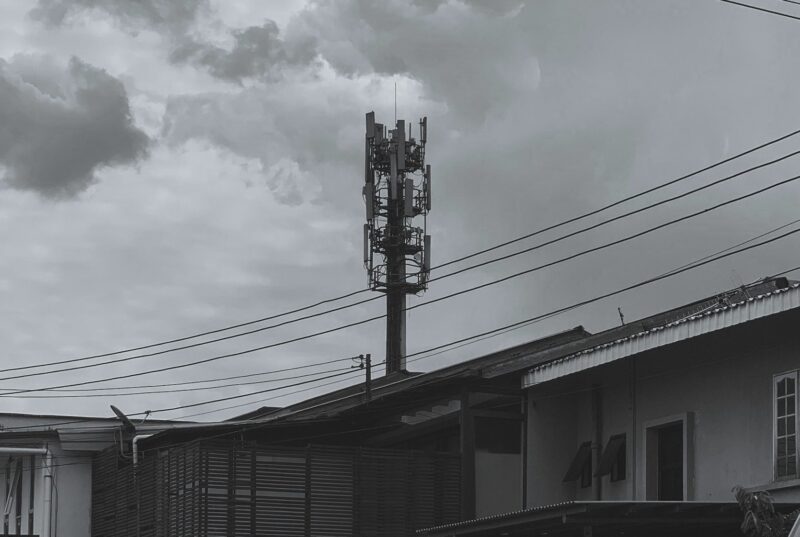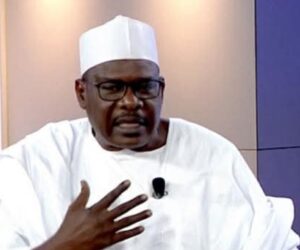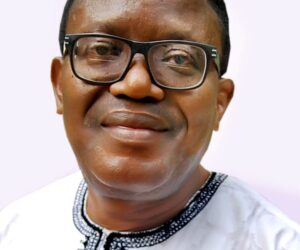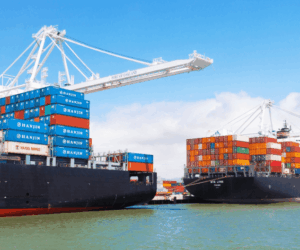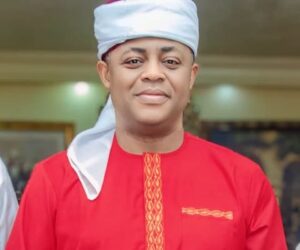The week of July 23, 2025, was a monumental one. Nigerian Communications Satellite Ltd. (NigComSat) had successfully pulled off a 5-day Satellite training program for 200 Calabar youths, and I was in Calabar for the closing ceremony. Amidst the testimonials and speeches from the trained youths, one testimonial touched me.
As the young trainee recounted, it was just midweek into the satellite installation (VSAT) training when an unexpected opportunity came knocking. He had returned home from the training when he noticed his neighbour struggling with a faulty DSTV connection.
Drawing from the skills he had acquired from the training, he offered to have a look. Within a few short minutes, he had the system up and running again. The neighbour, who was both surprised and impressed by his quick fix, had insisted on paying him for the service.
In many parts of Africa, digital inclusion has remained uneven. In 2021, Africa, despite its large population, accounted for only 13 per cent of the total global online presence, which is a significant indicator of digital access and inclusion.
The World Bank further reported that only about 36 per cent of the African population has internet access, as opposed to the global average of 66 per cent for other continents. In Nigeria, the figure translates to only about 39 per cent of its citizens having access to the internet, despite being a country with the highest youthful population in the whole world, standing at about 40 per cent of its total 232 million population.

Nigerian youths living in rural areas are often at the tail-end of this divide. While cities and urban areas enjoy good internet access and digital infrastructure, many rural communities are left behind, with little to no opportunities for the youth of these communities to acquire and apply digital skills.
This lack of access not only restricts innovation but also fuels mass urban migration, as young people leave their hometowns in search of digital opportunities that should have been available to them anywhere.
Furthermore, this lack of access limits economic growth and development of a country, as every 10 per cent increase in internet access and use corresponds to an 8.04 per cent increase in GDP per capita growth.
The solution lies in empowering and training young people with the digital skills to innovate, invent, and seize opportunities regardless of where they live, in addition to inclusive policies and investments in digital infrastructure.
These solutions should not just be seen as a quick-fix measure, but as a vision-driven mission to unlock the digital potential of the continent.
However, unlocking the digital potential of the continent cannot start without the realisation that our large, youthful population in Nigeria is our greatest superpower. Globally, we are currently witnessing rapid technological transformations driven by emerging innovations like artificial intelligence, biotechnology, etc, and youths, who are generally more adaptive, bold, and largely unafraid to embrace change, are best positioned to harness these opportunities.
As a country, we must endeavour to leverage our superpower and bridge the technological divide by bringing technology to every youth, including those living in rural areas. We must offer the right tools and create spaces where they can explore and innovate, so that these emerging technologies become a force for advancement, not exclusion from the global world.
But there is no one body that can bridge the vast digital divide in Africa, and no single technology that can, on its own, guarantee universal access, especially in Africa. Closing the gap would require building layers of solutions like laying fibre networks, developing mobile infrastructure, and deploying satellites to bring internet access to the most remote communities.
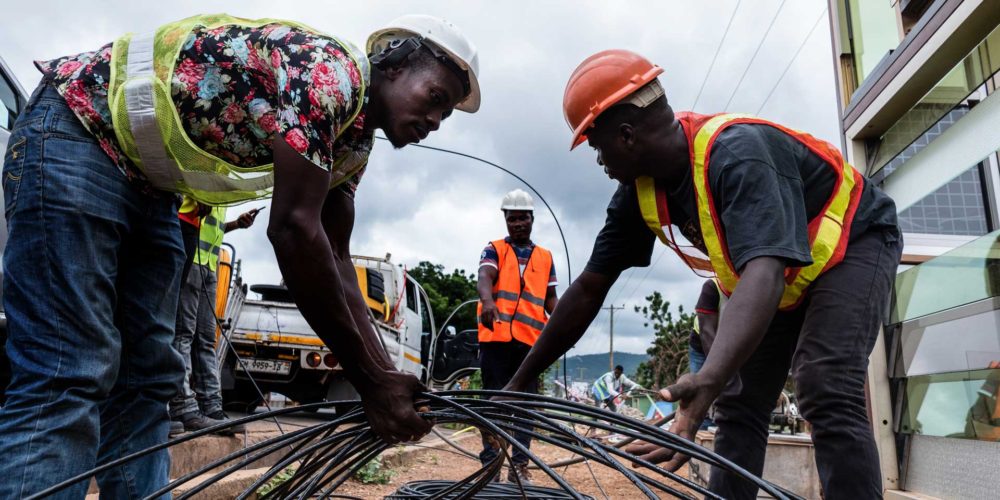

And to fully realise this, there is a need for partnership between key stakeholders. The governments, private sectors, and other key development partners must work together to expand digital infrastructure, build an appropriate ecosystem, empower youths, and regulate and create policies to ensure that these skills translate into real economic participation.
Transformative initiatives that are geared towards enhancing rural connectivity and skills, like the 3 Million Technical Talent (3MTT) program and community-centred connectivity hub by the Centre for Information Technology and Development (CITAD), are what we need to empower youths in Africa with the skills and confidence to shape the continent’s digital future.
When investments, policies, and training initiatives align, they create a strong system where youths living in rural areas can access the same opportunities as their peers living in urban areas.
Daily success stories, such as the young trainee from the VSAT training program, are what we need to make digital inclusion a lived reality in Africa. This success story is proof that youths, when empowered, can apply the acquired skills and even take a bold step in starting their own entrepreneurial journey.
It is proof that the digital economy can grow stronger when skills are not confined to big cities, but are also as easily available and accessible in rural towns and communities.


Yes, this story is proof that Africa can make digital infrastructure no longer the privilege of urban cities, but also reaching farmers who need real-time market information and weather updates for greater productivity; rural hospitals who need to be able to digital access for quality healthcare services; and youths who should be able to choose where to live and earn a decent living without their location affecting their work opportunities and earning potential.
When where we live no longer limits our access to digital services; when every youth out there has access to technology, connectivity, and the right skills; when youths in my village in Umuwala, Nkwerre Local Government
Area of Imo state can build digital products that reach global markets, that is when we can say that true digital inclusion has been achieved. Africa has the capacity to achieve this, and the best time to achieve it is now.

